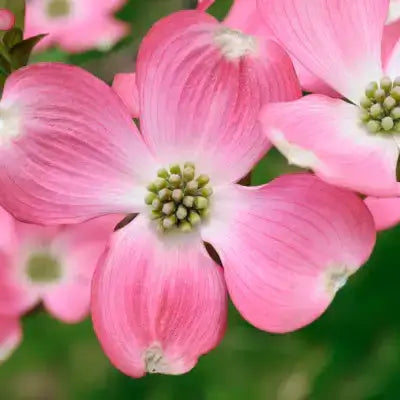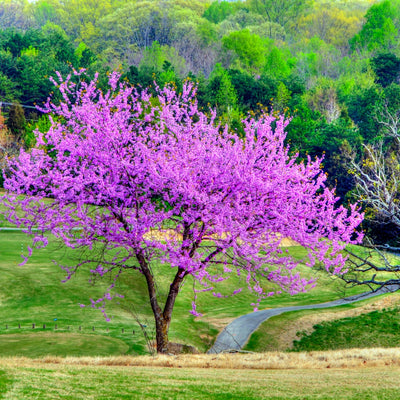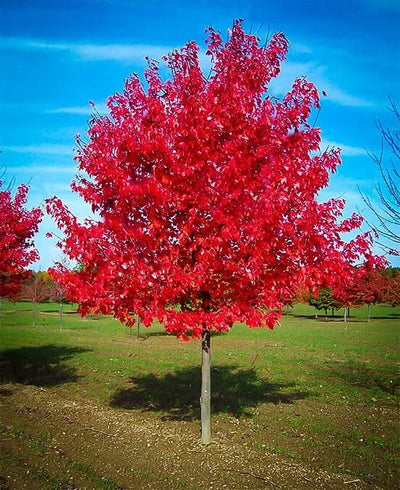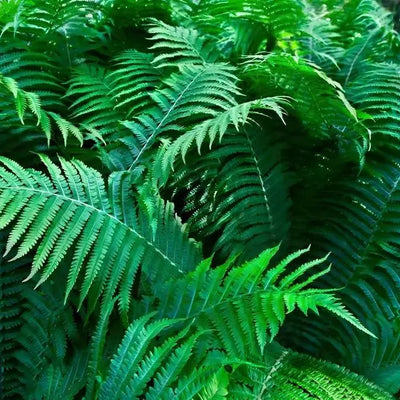What Is A Pink Dogwood Tree?

A Pink Dogwood tree is a deciduous medium sized tree that reaches 25 – 30 feet tall with a span of about 20 feet. The branching is tiered so that the canopy appears like stacked shelves in the sun. The “flowers” that people speak of in dogwoods are not quite that. They are bracts which are modified (larger and showier) leaves. The real flowers are in the center and are insignificant. After bloom, the little red fruits grow late in the summer and hang into fall. They are the favourite meals of schoolyards including cardinals, robins, and waxwings.
Best growing regions
Where Pink Dogwood grows best Pink Panicle Dogwood succeeds in Zones 5 to 9. It grows as a canopy tree at the edge of the woods and as an understory tree in its eastern natural range. That’s a decent hint for siting. Influence it in warm climates with morning sunlight and afternoon shade. In cooler regions it can endure full sun to light shade. Keep the roots cool with mulch and safeguard the leaves from drying out in freezing wind by employing a site with plenty of air flow around the canopy.
Soil and moisture
-First, we look at soil and moisture requirements. Pink Dogwood prefers well-drained, evenly moist soil with a slight acidity to neutrality. Heavy clay types hold shallow roots’ water and will stress. If your soil is tight, incorporate compost to loosen structure and drainage, or plant slightly high, root flare fractionally above grade. 2-3 inches of mulch ring will moderate moisture and soil temperature. Keep mulch a few inches back from the trunk.
Planting
Next step is planting: during spring or autumn when the climate and soil have a favorable condition. Dig a pit that is as deep as the root ball and two or three times its width. Position the root flare level with the surrounding soil. Backfill with the removed soil, then water thoroughly to settle the soil, add the mulch, water again. Staking is seldom necessary. Let the trunk sway slightly in the wind so the roots can anchor properly.
Sun, shade, and bloom
Then is sun, shade, and bloom. Pink Dogwood lights 4-6 hours of gentle light. In hot regions, morning sun and filtered afternoon shade. In northern gardens, full sun to light shade, in each, more light supports stronger bloom and fuller branching natural outline thin.
Care
Watering, feeding pruning – water deeply once or twice a week the first growing season, then during dry spells after. A slow-released balance fertilizer in early spring if soil is poor else, compost, and mulch are sufficient. Prune just after flowering to remove deadwood or crossing branches. The tree looks best with its natural well-spaced and layered outline.
Seasonal look and companions
Dogwoods have a seasonal look and wildlife value. Spring offers pink bracts, and fresh green leaves will be a welcome sight. Summer brings soft shade and a tidy, rounded form. Fall presents burgundy leaves and bright red berries that birds love. Winter seasons showcase a sculptural form and some yard structure. Spring is an excellent dogwood time to support pollinators and feed wildlife the rest of the year.
Canine offers equal companions to the eastern redbud tree in early bloom. Serviceberry’s white blooms feed birds using the berries. The Japanese maple brings excellent leaf texture, height, and fall color. In the understory, use azaleas, rhododendrons, ferns, and hostas. Plants do well in shade with a series of leaves above.
Toxicity and safety
It is also a safety note on toxicity. Dogwood fruits can generally cause slight stomach upset if people or pets consume many of them. You or your kids may handle the tree, which is not dangerous. Any ornamental tree makes an excellent unexpected snack and can be harmful.
It also comes ready to plant. If this tree article is adequate and you want healthy Pink Dogwood in the size you need, visit TN nursery- an online nursery store. While you shop, consider adding the Japanese Maple across the seasons or the Eastern Redbud and the Northern serviceberry. The right tuple can make a large, well-established idea complete.
Why Choose Pink Dogwood?
A Pink Dogwood is a perfect choice, and it is a plant you can trust. Few trees suit as many places as the Pink Dogwood as the American Dogwood trees get large enough to see from the street, but they do not fill your yard. They will do excellent work in your hall, patio, pet garden, and even can be seen in your sideyard. They do well in timberland and cottage styles or make a room. You need reliable spring color, fall foliage, and wildlife central supporting roles without a tree monster.





